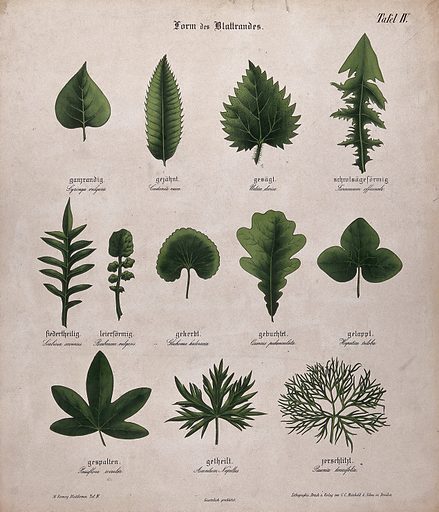In a world where concrete landscapes dominate, there is a magical realm that thrives with vibrant colors, delicate fragrances, and harmonious melodies. Welcome to the enchanting world of wildlife gardens, where lush greenery and blooming flora serve as a haven for creatures big and small. These carefully curated spaces not only offer respite for humans seeking solace in nature but also provide a sanctuary for wildlife to flourish. At the heart of these living tapestries lie the plants, the guardians of this paradise. So, let us embark on a journey through the verdant realm of plants for wildlife gardens, uncovering the secrets they hold, and discovering how they gracefully sustain life in their gentle embrace.

Attracting Wildlife: Native Plants for a Thriving Wildlife Garden
![]()
- Create a diverse habitat in your garden by planting native plants that attract a variety of wildlife.
- Choose plants known for their ability to provide food and shelter for birds, butterflies, and other pollinators.
- Incorporate flowering plants that offer nectar-rich blooms, such as coneflowers, bee balm, and milkweed.
- Consider adding trees and shrubs that offer nesting sites and refuge for wildlife, like oak trees and holly bushes.
- Plant grasses and ferns to provide cover for small mammals and ground-dwelling birds.
- Remember to avoid using pesticides, as they can harm the very wildlife you’re trying to attract.
Creating a Haven: Expert Recommendations for Plant Selection in Wildlife Gardens

1. Native Plants: Choose native plants that are adapted to your region’s climate and soil conditions. These plants provide food and shelter for local wildlife species.
2. Flowering Plants: Include a variety of flowering plants to attract pollinators, such as bees, butterflies, and hummingbirds.
3. Berry-Producing Plants: Opt for plants like elderberry, holly, and serviceberry that produce berries to attract birds and provide them with a food source.
4. Vertical Layering: Create different layers in your garden by incorporating plants of varying heights. This allows wildlife to find refuge, nest, and forage.
5. Evergreen Plants: Incorporate evergreen plants to provide year-round shelter and protection for wildlife.
6. Water Features: Consider adding a water feature, such as a small pond or birdbath, to provide a water source for wildlife.
7. Avoid Pesticides: Refrain from using chemical pesticides that might harm wildlife or their habitat.
8. Invite Beneficial Insects: Grow plants that attract beneficial insects like ladybugs and lacewings, which help control garden pests naturally.
9. Native Grasses: Incorporate native grasses to provide cover, nesting materials, and food for birds and small mammals.
10. Create Wildlife Corridors: Establish pathways or corridors within your garden by planting shrubs and trees, allowing wildlife to move freely between habitats.
In Retrospect about Plants for Wildlife Gardens.
In conclusion, creating a wildlife-friendly garden is not only a delightful endeavor but also a way to support and protect our precious natural ecosystems. By incorporating plants that attract and sustain different forms of wildlife, we can witness the beauty of Mother Nature flourishing right in our own backyard. From providing shelter and food sources for birds and insects to fostering pollination and biodiversity, these plants play a vital role in creating balance and harmony in our environment.
Whether you have a sprawling yard or a humble balcony, there are an array of plant options to suit any space and preference. From the vibrant blooms of native wildflowers to the majestic presence of towering trees, every plant has a unique contribution to make in creating a haven for wildlife. And the best part is that every effort counts, no matter how big or small. Each plant, each patch of green, is another stepping stone towards a greener, more vibrant world.
So let’s get out there and embrace our role as caretakers of the Earth. Let’s transform our gardens into sanctuaries, where butterflies flit, songbirds nest, and bees buzz contentedly on the fragrant blooms. Together, we can weave a tapestry of life, bustling with nature’s wonders, right beyond our doorstep.
Remember, our gardens are not merely an extension of our homes; they are an extension of our commitment to the planet. So let’s get planting, nurturing, and cultivating a haven for wildlife in our own little corners of the world.
